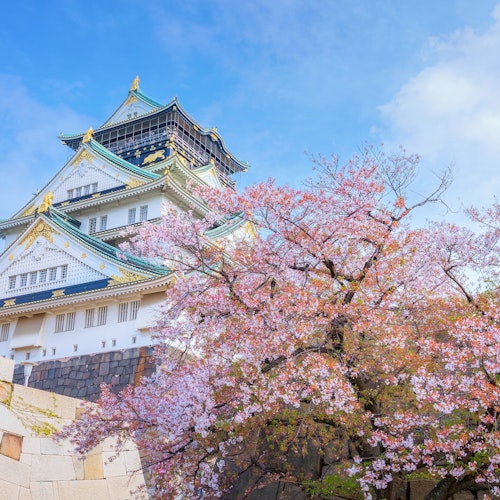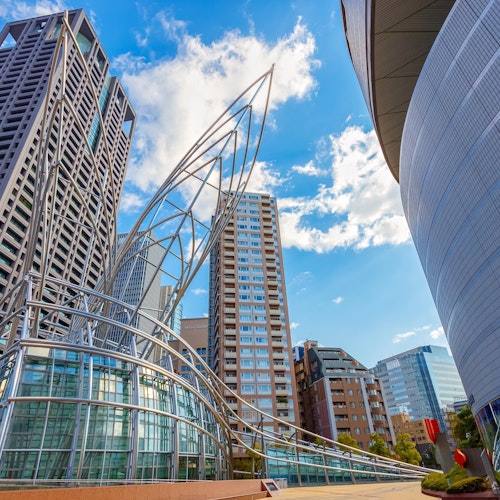
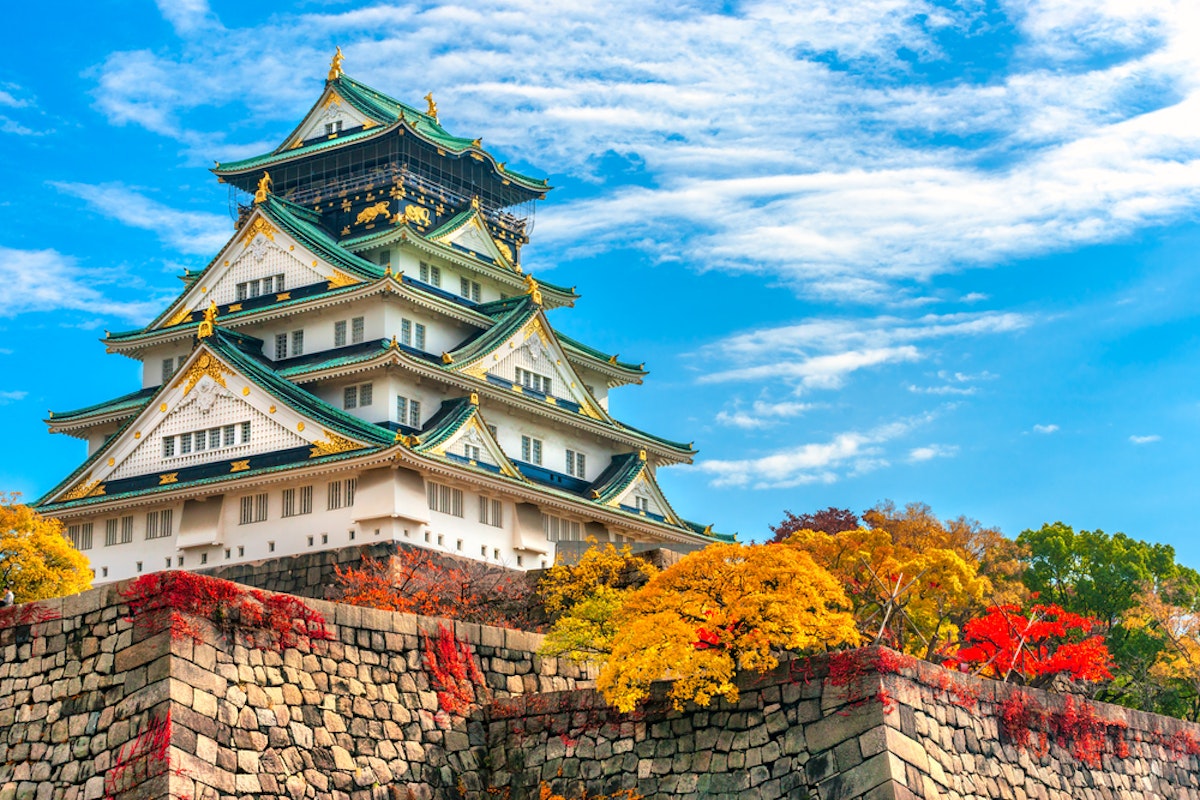
Osaka, the third largest city in Japan, is a captivating destination, brimming with modern allure and traditional charm. Choosing when to visit this vibrant metropolis can significantly influence your experience, as each season paints Osaka in a different light, offering unique opportunities for exploration.
Whether you're drawn to the cherry blossoms of spring, the cultural festivals of summer, the vibrant foliage of autumn, or the crisp, cool air of winter, there's no wrong time to visit Osaka. However, understanding what each season offers can help you plan a trip that aligns perfectly with your interests and expectations. So, let's delve into the seasonal nuances of Osaka to help you choose the ideal time for your visit.
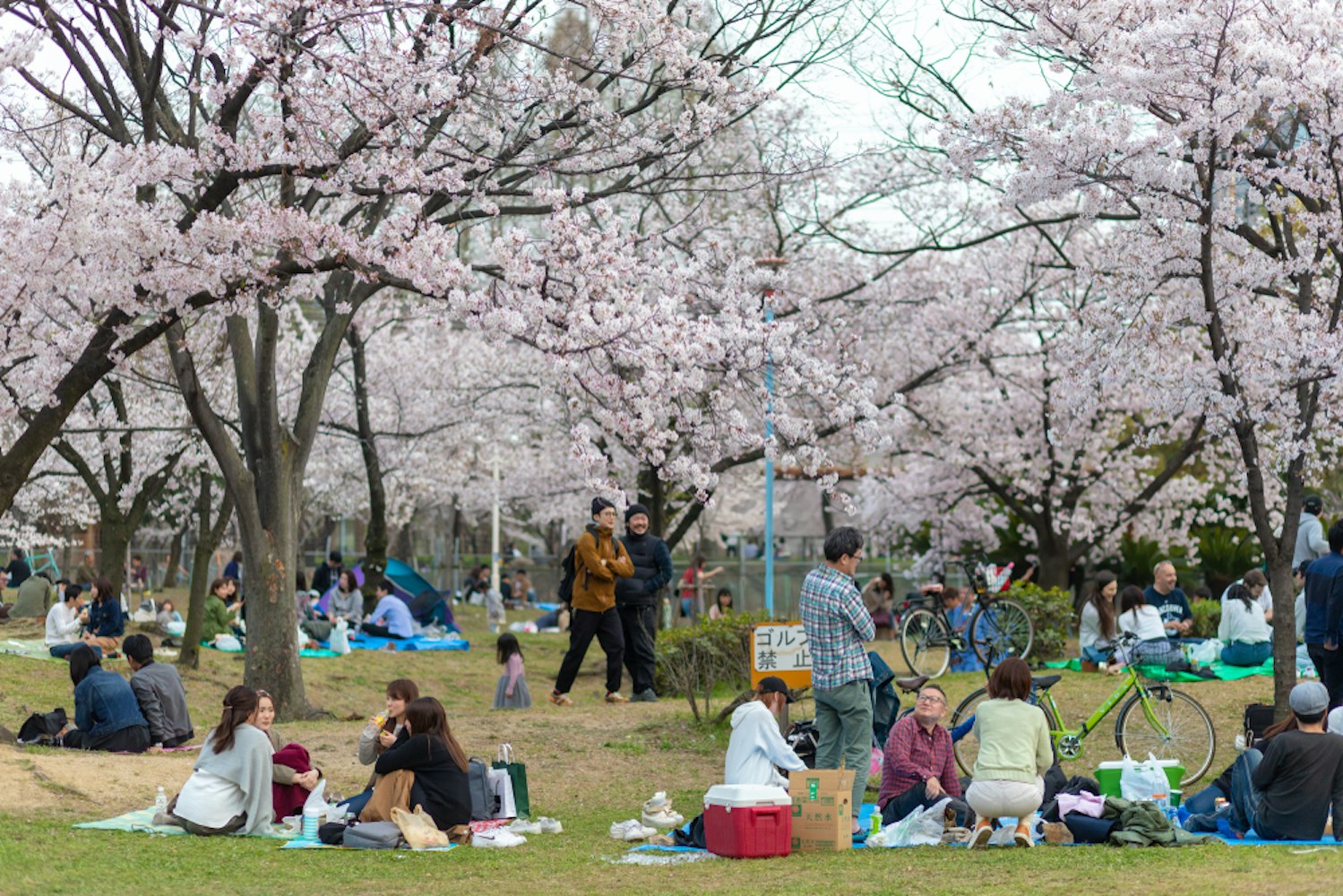
Spring is arguably one of the best times to visit Osaka, a city famed for its modern architecture, nightlife, and hearty street food. From March to May, the city experiences mild temperatures that range between 13°C to 23°C (55°F to 73°F), making it an ideal time for sightseeing and outdoor activities.
The highlight of spring in Osaka, without a doubt, is the cherry blossom season, locally known as 'sakura'. The city transforms into a picturesque canvas of delicate pink hues typically from late March to early April. Some of the most popular spots to enjoy this breathtaking spectacle are Kema Sakuranomiya Park, with its nearly 5000 cherry trees, and Osaka Castle Park, where the historical castle provides a stunning backdrop to the blossoms.

Discover one of the most important sites in Japanese history - Osaka Castle.
Spring also heralds the commencement of several cultural events and festivals. One of these is the Hanami parties, traditional flower-viewing gatherings held under blooming sakura trees. These parties often involve picnics and sometimes even karaoke sessions, allowing visitors to immerse themselves in local traditions.
Outdoor enthusiasts can enjoy cycling along the Yodo River, hiking Minoo Park, or exploring the open-air museum of old Japanese farmhouses. Food lovers will be thrilled by the spring specialities such as takenoko (bamboo shoots) and sakuramochi (cherry blossom flavored rice cakes).
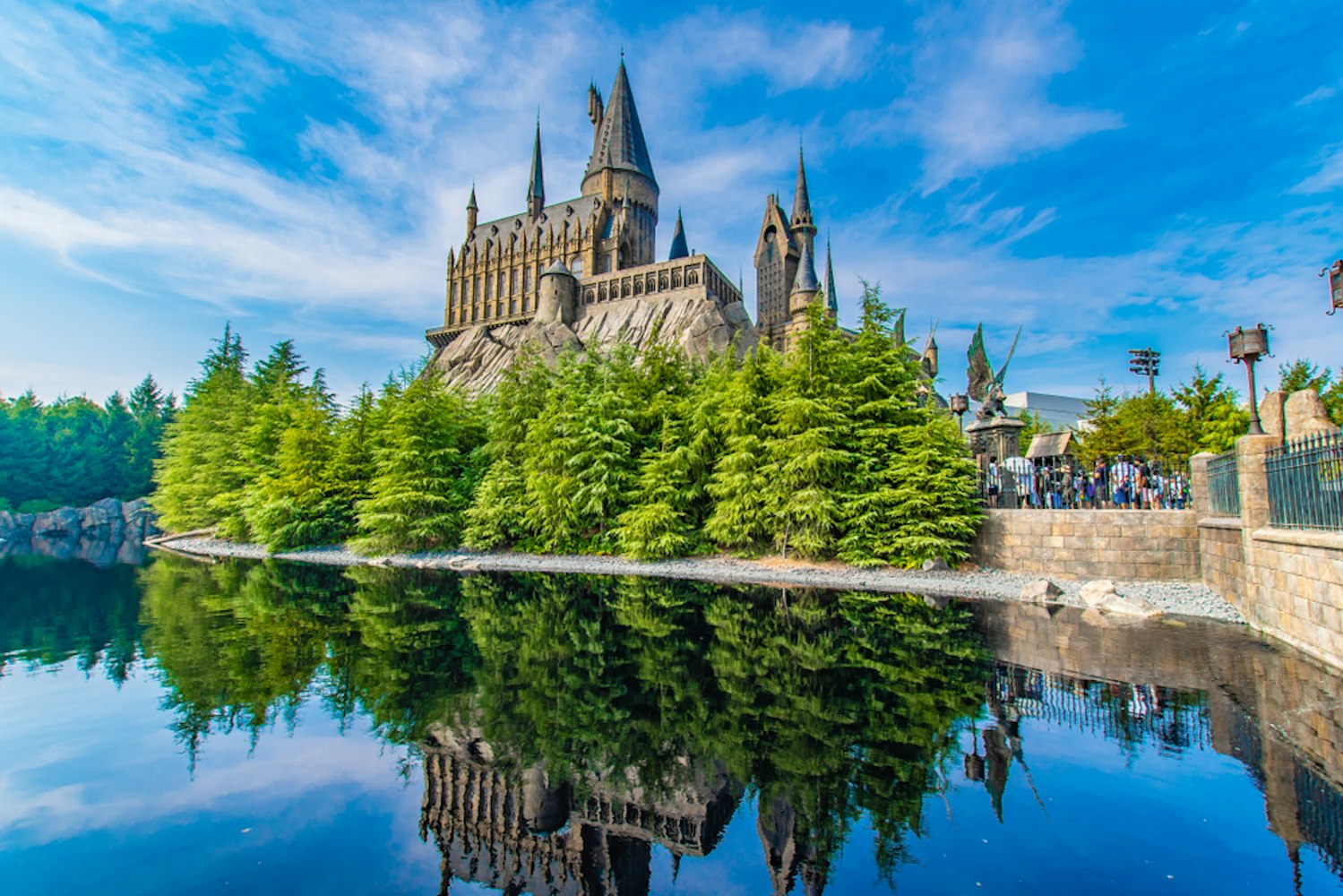
Summer in Osaka is an experience of its own, marked by warm to hot temperatures that can reach up to 35°C (95°F) and high humidity levels. Despite the heat, summer brings with it a vibrant array of festivals, outdoor activities, and delightful seasonal food.
One of the most significant events during this season is the Tenjin Matsuri. Held every year on July 24th and 25th, Tenjin Matsuri is one of Japan's top three festivals and features processions on land and in the river, traditional music and dance, fireworks, and more. Another notable event is the Sumiyoshi Taisha Festival, one of Japan's oldest festivals, which takes place at the end of July at the Sumiyoshi Shrine.
Summer is also a great time for water activities. Osaka's proximity to the sea means you can easily take a day trip to nearby beaches like Nishikinohama Beach Park and Kaizuka City's Sea Park Chatan.
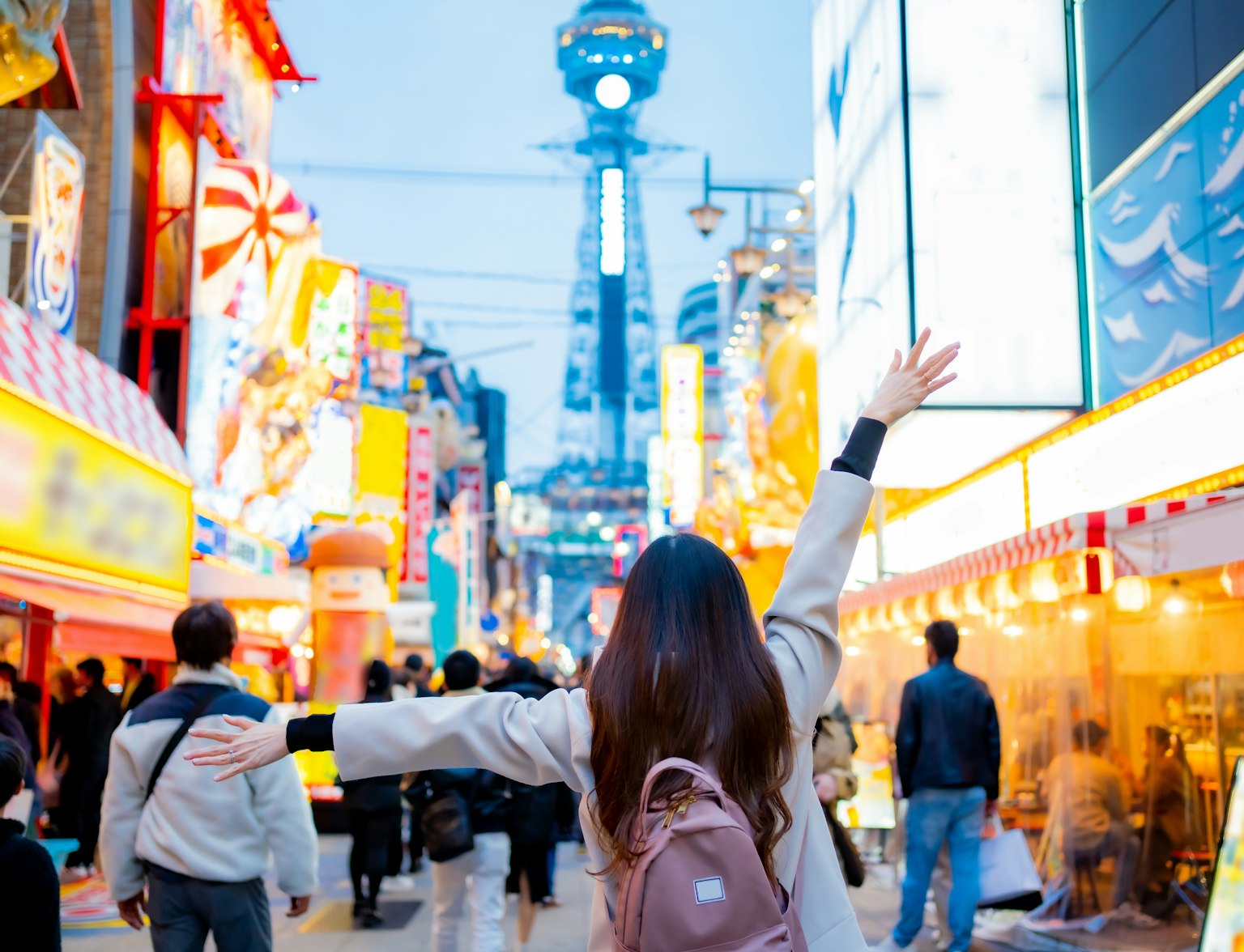
Experience the best of Osaka's culinary scene on a 3-hour walking tour.
In terms of food, summer in Osaka offers a plethora of refreshing options. Try out the seasonal delicacy of unagi (eel), believed to provide stamina during the hot summer months. Don't miss out on yakiniku (grilled meat), a popular choice for summer barbecues, and kakigori (shaved ice with sweet syrup), the quintessential Japanese summer dessert.
While summer in Osaka can be hot and humid, it's also filled with vibrant festivals, fun beach outings, and delicious culinary experiences. If you don't mind the heat, it can be a fantastic time to visit and immerse yourself in the city's rich cultural offerings.
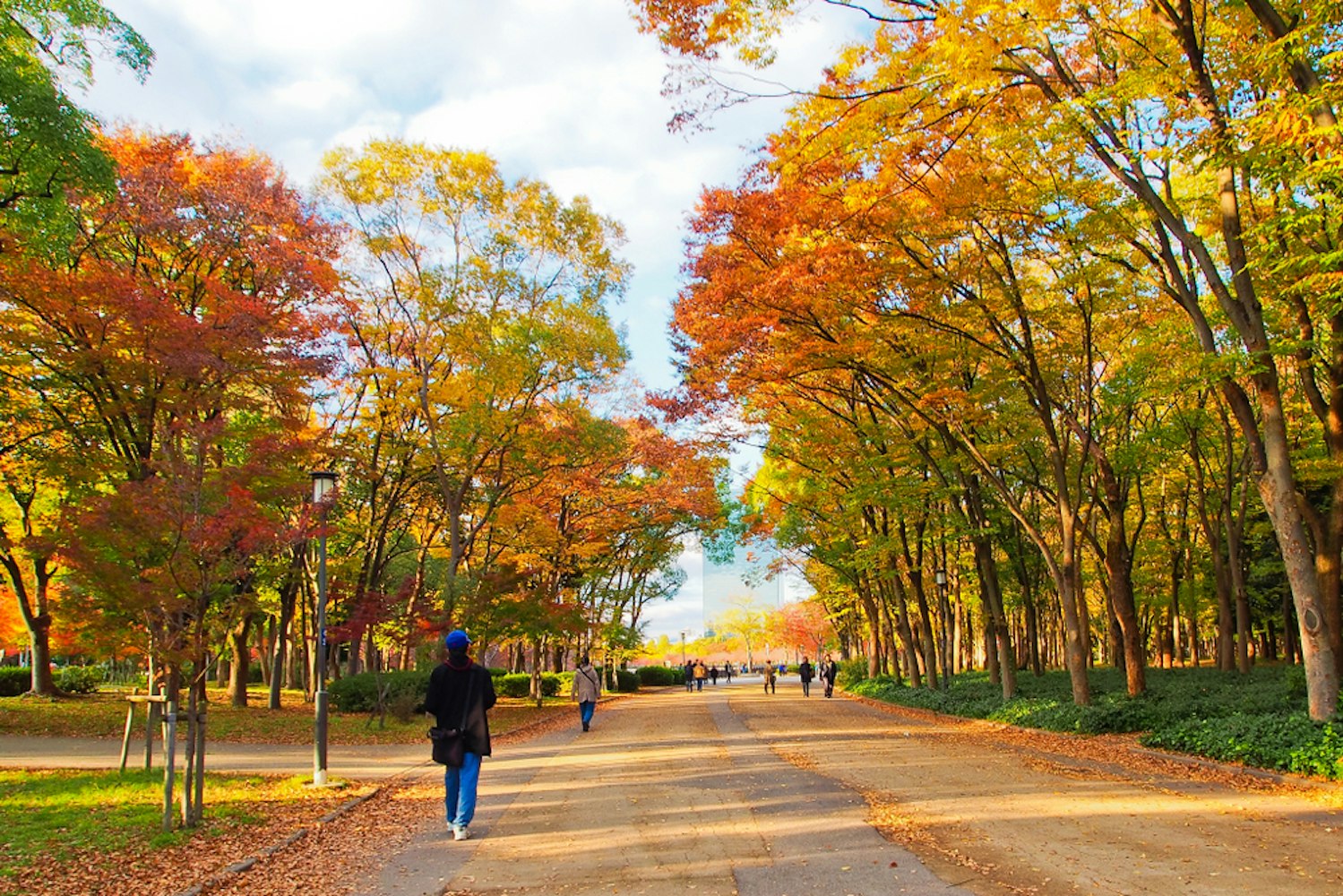
As the heat of summer fades, Osaka enters its autumn season, which typically spans from September to November. This period is characterized by moderate temperatures that range from 15°C to 27°C (59°F to 81°F), making it a comfortable time for outdoor exploration.
Osaka's charm is exceptionally pronounced during the fall, especially from mid-November to early December, when the city is adorned with vibrant hues of red, orange, and yellow. The fall foliage in Osaka is a sight to behold, and there are several spots throughout the city where you can enjoy this natural spectacle.
One such location is Minoo Park, a forested valley on the outskirts of Osaka. The park is one of the best places to view koyo, or autumn leaves, in the Kansai region. As you walk along the trails, you'll be captivated by the fiery tones of the foliage, highlighted against the backdrop of the park's waterfall.
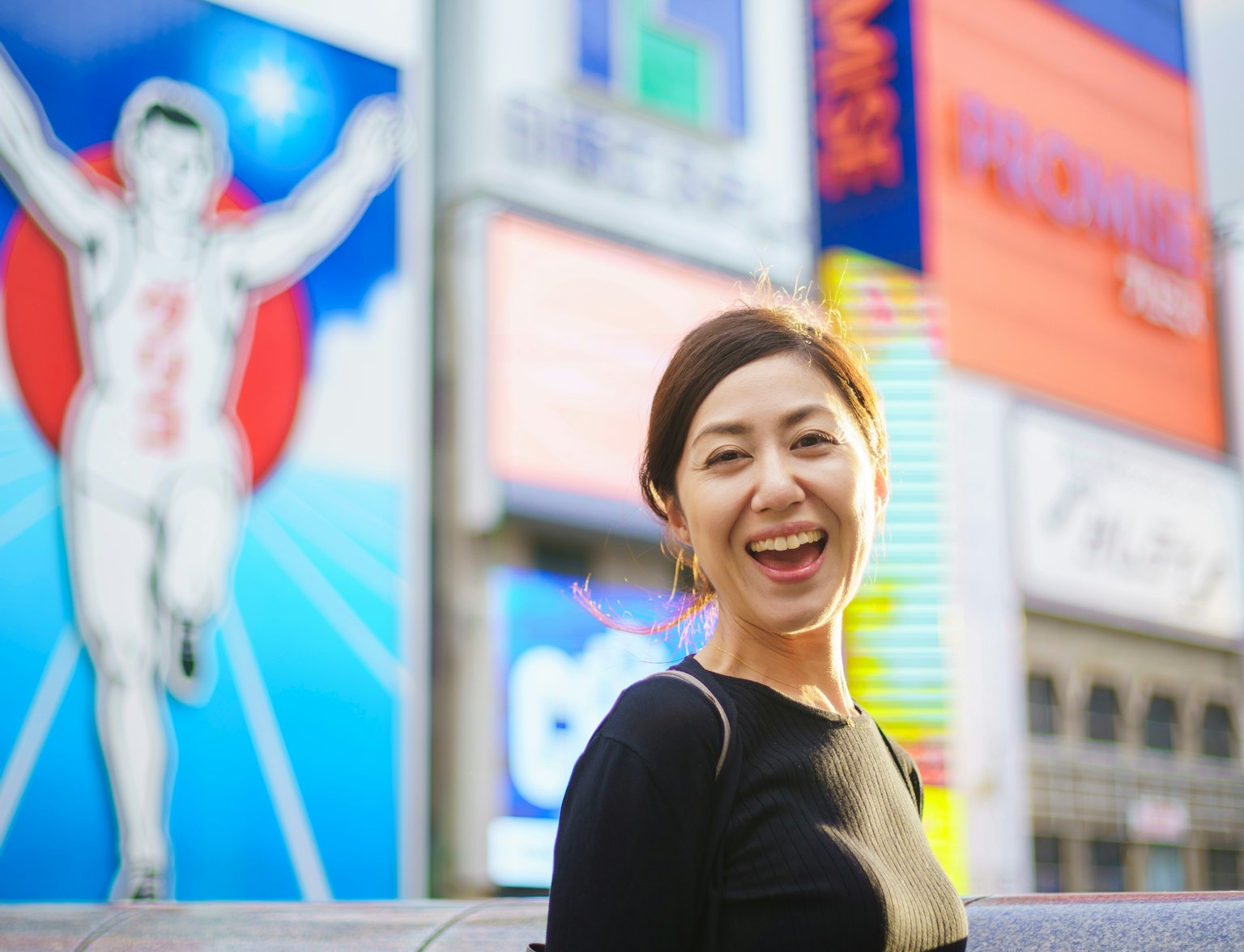
Embark on a tantalizing adventure through Osaka's Namba district on the Osaka Namba Food Tour.
Autumn also brings with it a sense of tranquility, as there are generally fewer tourists compared to the spring and summer seasons. This allows for a more relaxed exploration of the city's attractions, whether it's strolling through the grounds of Osaka Castle or exploring the bustling streets of Dotonbori.
In terms of food, autumn is considered the season of harvest in Japan, and this is reflected in the variety of seasonal delicacies available. Don't miss out on trying sanma (Pacific saury), matsutake mushrooms, and persimmons.

Winter in Osaka, from December to February, has its own distinct charm. The city experiences cooler temperatures during this period, with averages ranging between 2°C to 10°C (36°F to 50°F). As such, visitors should be prepared with warm clothing, particularly for the chillier nights.
Despite the colder weather, there are plenty of reasons to visit Osaka in winter. One of the main advantages is that it's considered the low season for tourism. The city sees fewer tourists, making it a perfect time for those who prefer a more tranquil and relaxed travel experience. Popular attractions like Universal Studios Japan, Osaka Aquarium Kaiyukan, and Osaka Castle tend to be less crowded, allowing for a more enjoyable exploration.

Get your ticket to Universal Studios Japan here.
Osaka in winter also offers a different kind of visual treat. The city is adorned with beautiful illuminations and light displays, creating a magical atmosphere. The Osaka Hikari Renaissance and the Midosuji Illumination are among the most popular light festivals that transform the city into a winter wonderland.
Food lovers will delight in the winter specialties of Osaka. Fugu (pufferfish), a delicacy that's typically enjoyed in the colder months, is a must-try. Hot pots, like sukiyaki and nabe, are also popular dishes that provide warmth and comfort during the winter.
When planning a trip to Osaka, a city renowned for its dynamic blend of modernity and tradition, it's essential to arm yourself with tips that will ensure a smooth, enjoyable experience. Here’s what you need to know:
Invest in a Japan Rail Pass: Ideal for travelers exploring beyond Osaka, this pass offers unlimited travel on most JR trains, including the bullet train, providing a cost-effective solution for day trips.
Stay Connected: Renting a pocket Wi-Fi or purchasing a Japanese SIM card is crucial for easy navigation, translation, and accessing information on the go.
Cash Transactions: Despite the prevalence of technology, cash is still king in many places within Japan. Carry enough yen to cover daily expenses, especially in smaller establishments and for certain public transportation.
Utilize Public Transportation: Osaka's extensive and efficient public transport system, including subways and trains, is easy to navigate with a rechargeable ICOCA card, usable for trains, buses, and even shopping.
Explore Local Neighborhoods: Venture beyond tourist spots to areas like Shinsekai, Amerikamura, and Umeda to experience the city's diverse culture, from vintage shops to local eateries.
Consider Seasonal Timing: Each season in Osaka presents unique attractions and experiences. Plan your visit to coincide with the city's seasonal highlights, and pack accordingly to enjoy everything from cherry blossoms to autumn foliage.
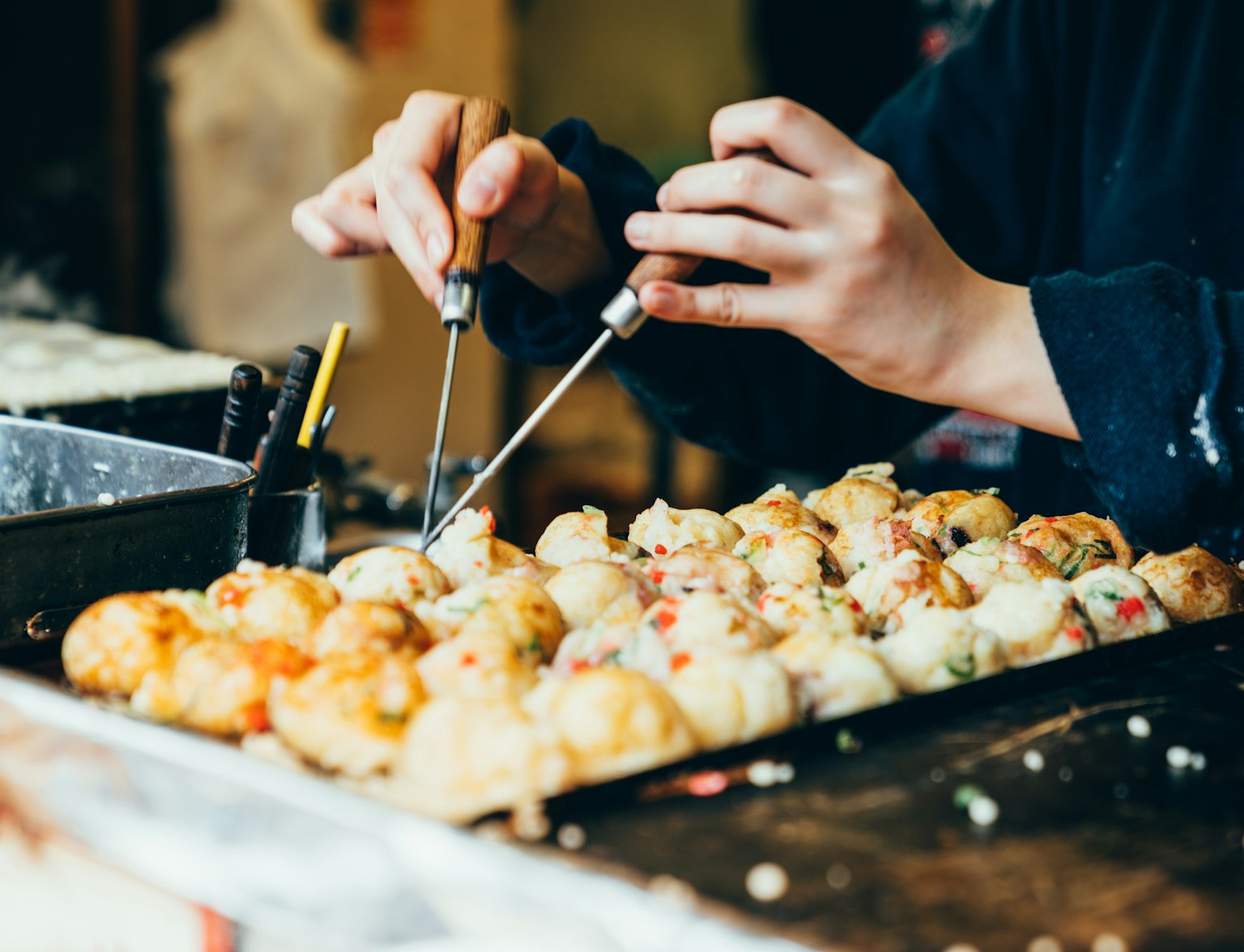
Explore Osaka's Shinsekai district on a 3-hour evening food tour.
In essence, there's no 'wrong' time to visit Osaka. Every season showcases a different facet of the city's vibrant culture and natural beauty. Whether you're walking under the cherry blossoms in spring, watching the fireworks in summer, strolling through the colorful leaves in autumn, or marveling at the winter illuminations, each offers unique experiences.
Your ideal time to visit hinges on your personal preferences and what you want out of the trip. So, plan accordingly, but remember - whatever the season, Osaka's irresistible charm and warm hospitality remain constants.
The best months to visit Osaka are April and May during the spring, when the weather is mild and the cherry blossoms are in bloom, and October and November in the fall, offering pleasant temperatures and colorful autumn foliage. These periods provide comfortable weather for exploring the city and participating in outdoor activities.
To fully experience Osaka's key attractions, including Osaka Castle, Dotonbori, Universal Studios Japan, and the Umeda Sky Building, plan for at least 3 to 4 days. This allows time to explore the city's vibrant food scene, shopping districts, and historical sites without rushing.
June is typically the rainiest month in Osaka, marking the start of the tsuyu (rainy season) which can last until mid-July. The city experiences frequent showers and overcast days during this time, which can affect outdoor activities and sightseeing plans.
Choosing between Kyoto and Osaka depends on your interests. Kyoto is better for those interested in historical sites, traditional Japanese culture, and serene landscapes, offering countless temples, shrines, and gardens. Osaka is ideal for visitors seeking a vibrant city experience, famous for its dynamic food scene, nightlife, and modern attractions. Both cities have their unique charms and are worth visiting.
